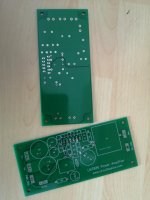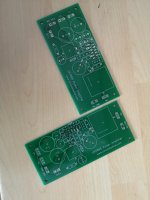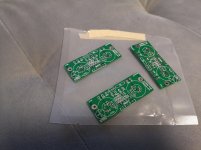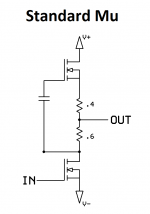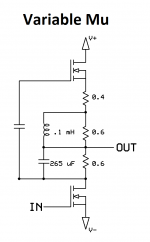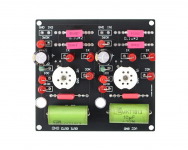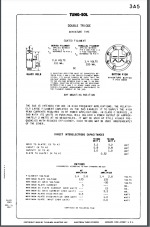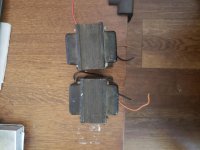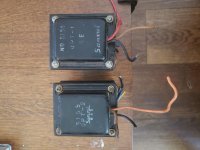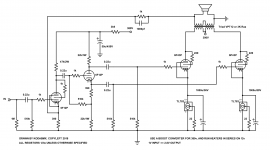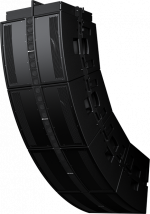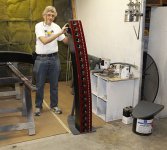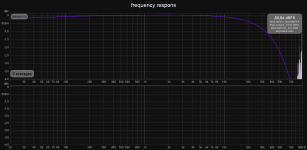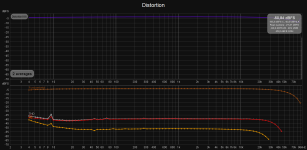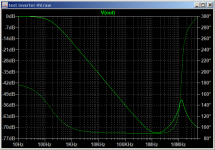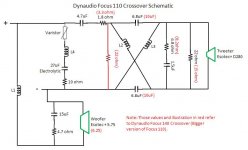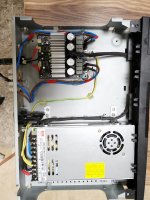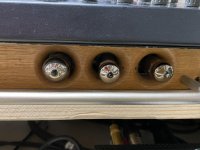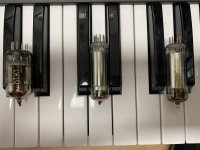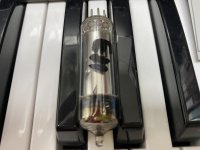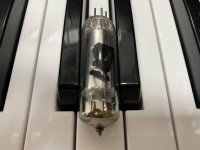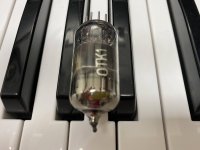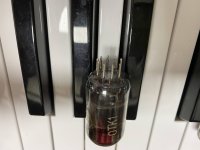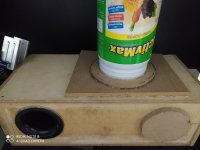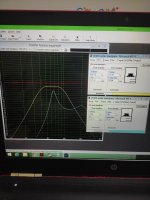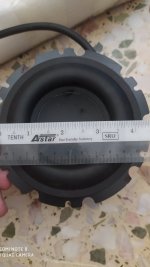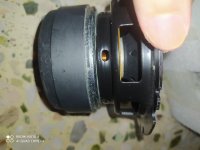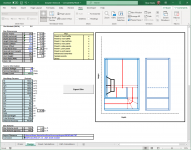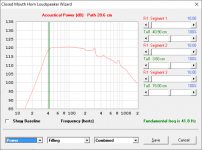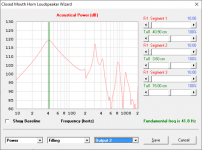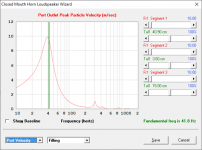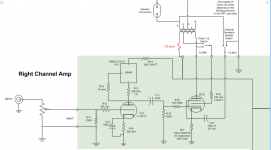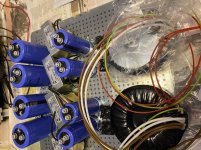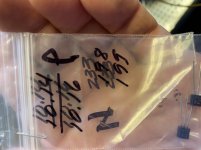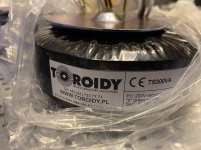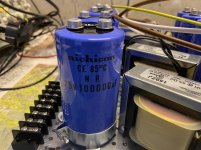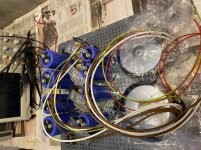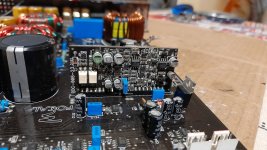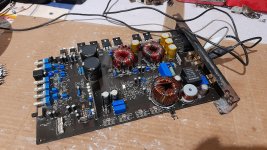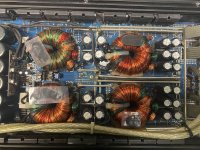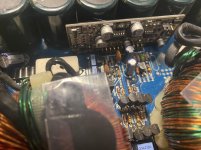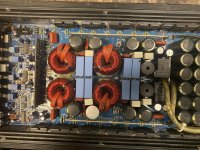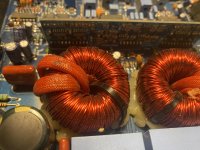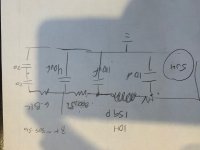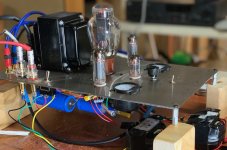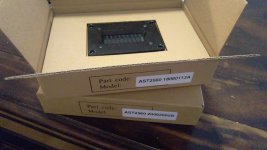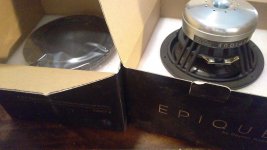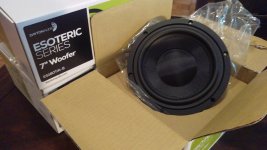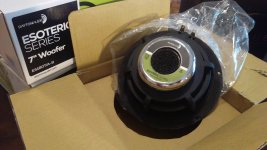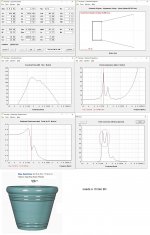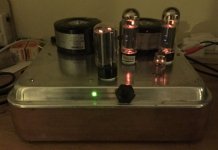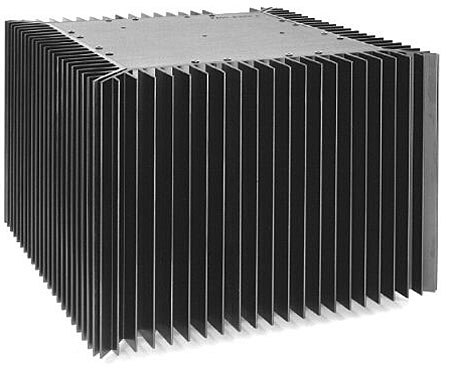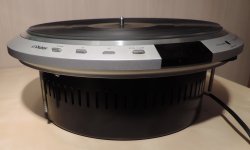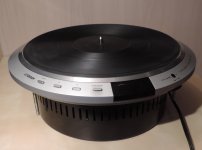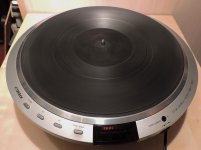So after some time with my 3 deep BA-3 running, I am starting to get all the parts needed to rebuild it in pimp-my-amp fashion. It will be 3 deep too, using store standard IRFPs (not Harris). 6 deep with self-matched Harris’es saved for future possible not so likely project.
I have been contemplating starting a dedicated thread, and ZM encouraged me to, so here we are.
A bit of info on the first version, now being revisited. It was my first build, and I ended up having to troubleshoot some stuff and disassembling a few boards and so on. Result was a few pads gone bad, so for longevity they have to be replaced anyways.
1: The case is a 5U 400 from a broken down F5T. It was mistreated, so a new back panel, bottom panel, UMS mounting plate and a new sink had to be ordered. This was good, since when replacing the sink I found that a crooked mounting hole had made one of the fets de facto break through the Kheraterm. A wonder I avoided a short...
Lesson: never buy a broken F5T! Build a new one, or something else.
2: FE: I used Fairchild MOSFETs and LS JFETs. Never happy with what I have, I wanted to use Nelson’s specced parts. Toshiba FE MOSFETs have arrived from Japans underground through Prakit. Matched 10.14-16mA Toshiba JFETs arrived from Punkydawgs. But by some magic misfortune, there was only one pair in the bags. Punky does not know what happened, neither do I. And now he is out of 10mA’s... I got a full refund without discussion, so thank’s to Punky for that. But my goal was 10mA matched Toshibas, so it is still a real bummer. The LS’es bias too low, and I wanna avoid adjusting source resistors, something that in any case might not prove to bias them to spec.
So if anyone have a spare 10mA pair of J74/K170s just lying around gathering dust, you are welcome to chime in (hoping hoping).
3: I use 32v rails at the moment. My transformer is a noisy Noratel 600va. I had some hum, but managed to almost completely remove it. But the rail voltage also limits my max bias. So I am going universal FW dual mono PSU inspired by ZM. 2x300va 18v secondaries Toroidy audio grades have arrived. Less power, but more versatile, and higher bias. Easy.
4: Attached is a pic of some of the PSU parts. I am going P2P. Absent from pics is snubber network and decouplers. It will be a tight fit, and this is with 4 caps not even included in the pic. Inductors are 10mH @ 5A Hammonds. I have some options here, building vertically, mounting trannies on the front plate, and so on. All insight and pointers are appreciated. Pic shows 94.000uf before inductors and 200.000uF after the inductors, per channel to run at approx 2A5 bias per channel. I have to scale up from approx 300kuF to 400kUf per channel, putting the extra capacitance after the inductors, provided enough space. Having more capacitance after the chokes is a deliberate choice, something about steep charging currents and all.
5: Layout-wise I think I need to put the bias boards on the back plate along with the FE. I also might mount the FE and bias boards horizontally, in PL fashion, but need a 3D printer or metal work expertise for that, we’ll see.
6: Soft start circuitry is not yet decided. I have 2x store soft starts, but might go thermistor. Insight appreciated, pushing the limits here both wrt the stores bords and CL-60s. Fuses will be on back plaate, one per channel. Disregard the terminal block for now. It is an alternative since I have long AC wires specced per tranny, but soldering would be nice and in both Papa’s and Choky’s spirit.
This will be done in slowish fashion, I do have a working amp.
Hope is to have a ripple free, close to Nelson-spec amp, with a hand built XL oversized PSU with full control over grounding scheme. We will see.
I hope this thread can be an arena for discussion, and learning, for me and perhaps also fellow builders.
I prolly forgot a bunch of things, but hence this thread.
Attached is a most of the PSU section and my JFET pair absent it’s wife and husband.
Thanks to everyone who got me this far, looking forward to the continuation.
Regards,
Andy

